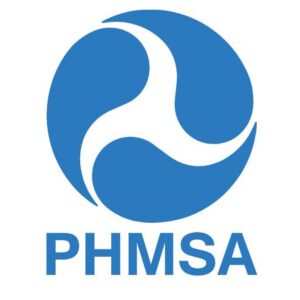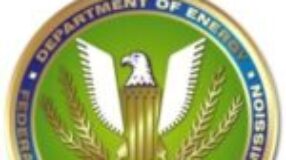
The American Gas Association (AGA), American Petroleum Institute (API), American Public Gas Association (APGA) and Interstate Natural Gas Association of America (INGAA) (jointly “the Associations”) submit these comments for consideration by the Pipeline and Hazardous Materials Safety Administration (PHMSA) concerning the third Gas Pipeline Advisory Committee (GPAC) meeting on the Safety of Gas Transmission & Gathering Lines Rulemaking (Proposed Rule)5 that occurred on December 14-15, 2017. The GPAC meetings provide the GPAC Members, PHMSA representatives, the regulated community, and the public the opportunity to discuss topics contained within the Proposed Rule.
The Associations also provided PHMSA and the GPAC members with comments following the previous two GPAC meetings on this rulemaking that were intended to summarize the views expressed during the meetings and elaborate on the concerns identified. Additionally, the Associations provided markups to the proposed regulatory text that were intended to mirror the votes and discussions held by the GPAC and to identify outstanding concerns. The following comments on the December GPAC meeting are similar in content and structure.
For several topics, the December meeting produced clear and substantive direction on how to ensure that these topics are finalized in a manner that is technically feasible, reasonable, cost-effective, and practicable. For other topics, the conversations made strides in identifying concerns, but certain issues remain to be resolved during later meetings (for example, the GPAC still has much to discuss within the Records topic). Also, the GPAC discussions clearly articulated that proposals pertaining to gathering lines must be addressed in a separate, dedicated GPAC meeting, and that the issues, commentary and related votes did not pertain to, or impact, gathering lines. The Associations hope that these comments will assist PHMSA, the GPAC members, and the public in having substantive and productive conversations with the goal of developing a final rule that advances pipeline safety.







